Mayor Muriel Bowser kicked off her second term as Washington, D.C.’s mayor last January by setting an ambitious goal for the District: building 36,000 new homes by 2025. To reduce the likelihood that new construction will displace lower-income and minority communities, the mayor challenged “every ward and every neighborhood” to pitch in toward the city-wide goal.
But over the past decade, the District—and the Capital region overall—hasn’t built enough new homes to meet demand. The District’s own laws are part of the problem: My new research finds that among neighborhoods where housing prices have been rising, those with more restrictive zoning have not built new homes.
New housing should be built in high-demand neighborhoods. Zoning gets in the way
A fundamental principle of economics is that when the price of goods or services increases, producers will increase supply. Therefore, when the price of housing in certain cities or neighborhoods increases, developers should build more homes. And indeed, District neighborhoods that saw higher growth in housing values did see more new housing construction—but only where restrictive zoning didn’t impede growth.
Figure 1 shows the relationship between neighborhood changes in housing values from 2000 to 2010 and the amount of new housing built. The upward sloping line illustrates that neighborhoods with higher price appreciation added more new homes over the subsequent years.

But not all neighborhoods that experienced large increases in home prices built more homes. If we focus only on neighborhoods with high-density zoning—places where large apartment buildings are allowed—there is a strong positive correlation between housing price growth and the amount of new housing built (Figure 2). The upward slope is steeper for this group of neighborhoods than for the entire District.

But the relationship looks quite different when we only graph neighborhoods with restrictive zoning, in which just single-family homes, rowhouses, or small apartments are allowed (Figure 3). Among restrictively zoned neighborhoods, there is no correlation between changes in housing values and subsequent development. That runs counter to economic intuition: Rising home values indicate that these neighborhoods are attractive places where households want to live, and where developers could presumably profit from selling or renting more homes.

Regression analysis confirms the findings of these graphs (details are available in the longer paper). Even controlling for a wide variety of neighborhood economic and demographic characteristics, housing price changes influence new construction differently depending on zoning. Where zoning allows high-density apartments, developers build. Where zoning bans apartments, little new housing gets added.
To provide a concrete example, consider two adjacent census tracts on the northern side of Capitol Hill, close to the popular H Street corridor. Both tracts saw housing prices grow more than 11% annually from 2000 to 2010. In the tract (84.02) zoned for high-density housing, permits were issued for 100 new apartments between 2008 and 2016. The other tract (80.01) was zoned only for low-density housing and received only five new housing permits during this time. (Both tracts are largely outside of the Capitol Hill Historic District, which could limit new housing development independent of zoning.)
Restrictive zoning encourages homeowners to upgrade and upsize their homes
Restrictive zoning makes affordability worse in two ways. Not only does it limit the amount of new construction, it also encourages property owners in expensive neighborhoods to upgrade the size or quality of existing structures, thereby making them still more pricey. For instance, many single-family homes or rowhouses in high-value neighborhoods expand the size of the house by adding another story on top, or “bumping out” the rear exterior walls (Figure 4). These expansions or interior upgrades such as kitchen and bathroom renovations increase the value of the home but do not expand the number of homes in a neighborhood. Additions and alterations benefit existing homeowners, but make it more difficult for new residents to buy into those neighborhoods.

The number of building permits granted for expansion or renovation of existing homes is positively correlated with the initial home values in the neighborhood (Figure 5). Conditional on home values, restrictively zoned neighborhoods issued more addition and alteration permits than neighborhoods that allow high-density housing.

One of the District’s most expensive census tracts is the Glover Park neighborhood north of Georgetown. In 2010, the median home in that tract (3.0) was worth nearly $800,000, and values had increased 8% annually since 2000. Only seven new housing units were permitted in the tract from 2008-2016, while 54 homes received expansion permits and over 300 alteration permits were granted. These permits improve the quality of the neighborhood housing stock, thereby increasing prices, without expanding the number of homes available.
To build more housing, DC policymakers must tear down zoning barriers
For the District to build anywhere near the 36,000 new homes that Mayor Bowser has called for, construction will have to pick up the pace. Over the past decade, a large share of new housing construction has occurred in just a few neighborhoods—Navy Yard, the Wharf, NoMa, and the H Street corridor have seen the largest amounts. Several of these were very large planned developments on land that was owned by the District or the federal government, giving local officials more control over land use and the development process. But not many large, underdeveloped land parcels still exist in the District (construction is already underway at the Armed Forces Retirement Home).
To meet its housing goals, the District must allow higher density redevelopment in existing residential neighborhoods. In the absence of zoning and political barriers, developers could replace single-family detached homes on large lots in expensive neighborhoods with three- or four-story multifamily buildings with anywhere between four and 10 apartments—significantly increasing the number of families who could live in high-opportunity neighborhoods. Less restrictive zoning would bring better opportunities within reach for thousands of District families.
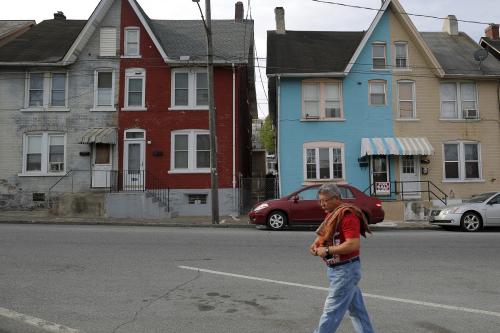
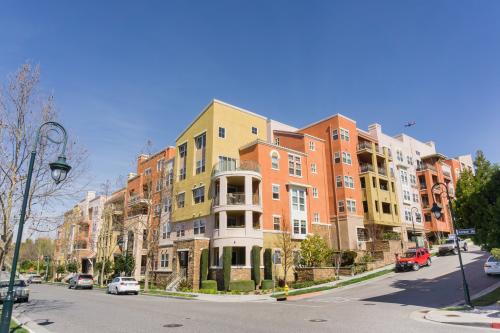


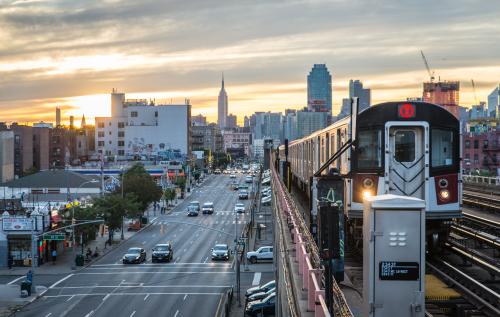
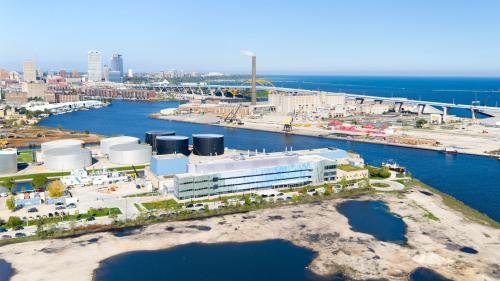
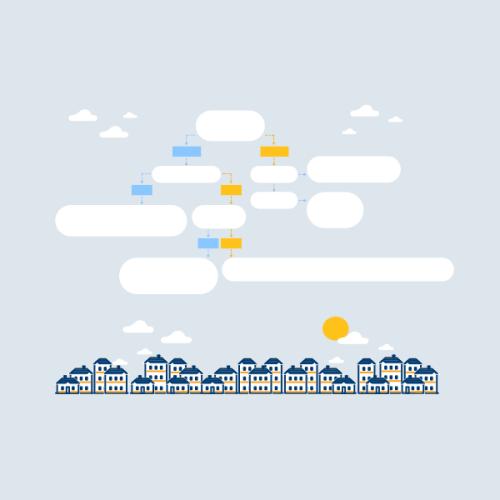
Commentary
Restrictive zoning is impeding DC’s goal to build more housing
October 8, 2019